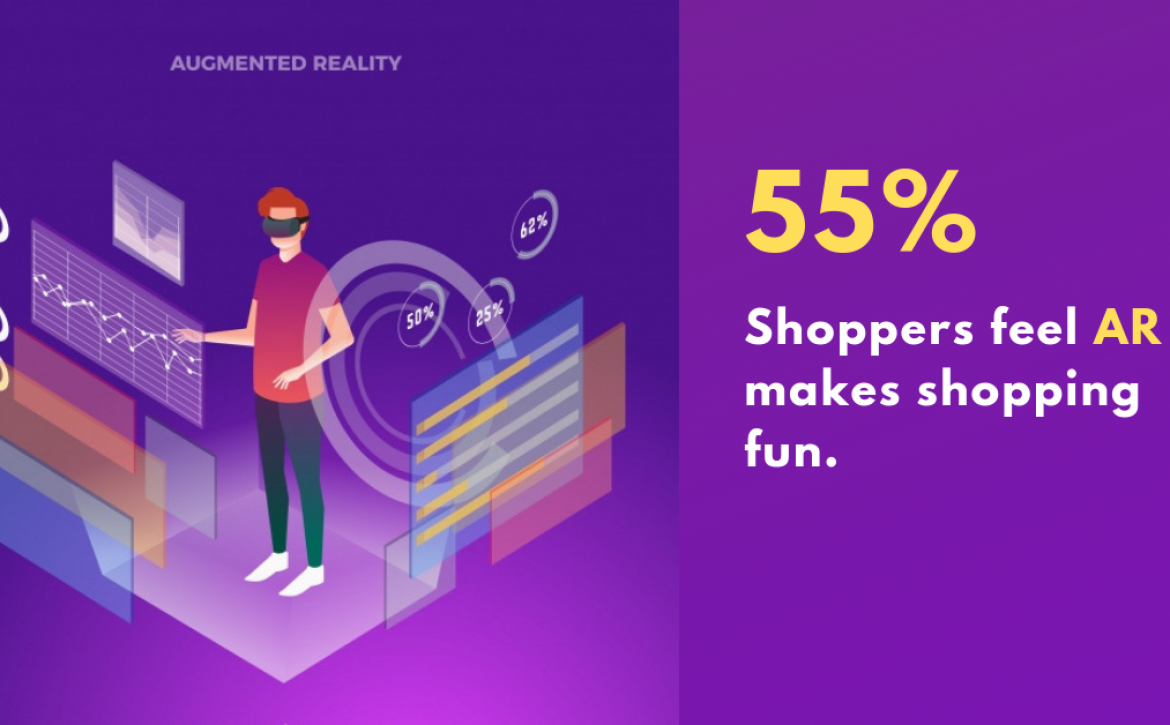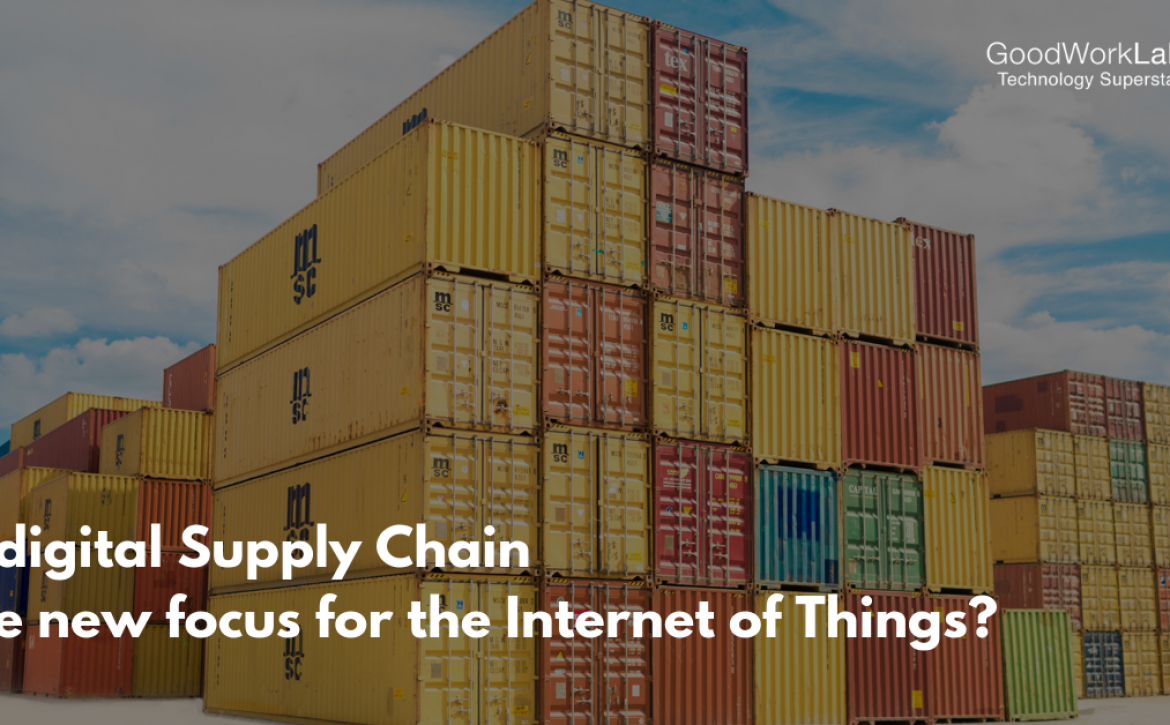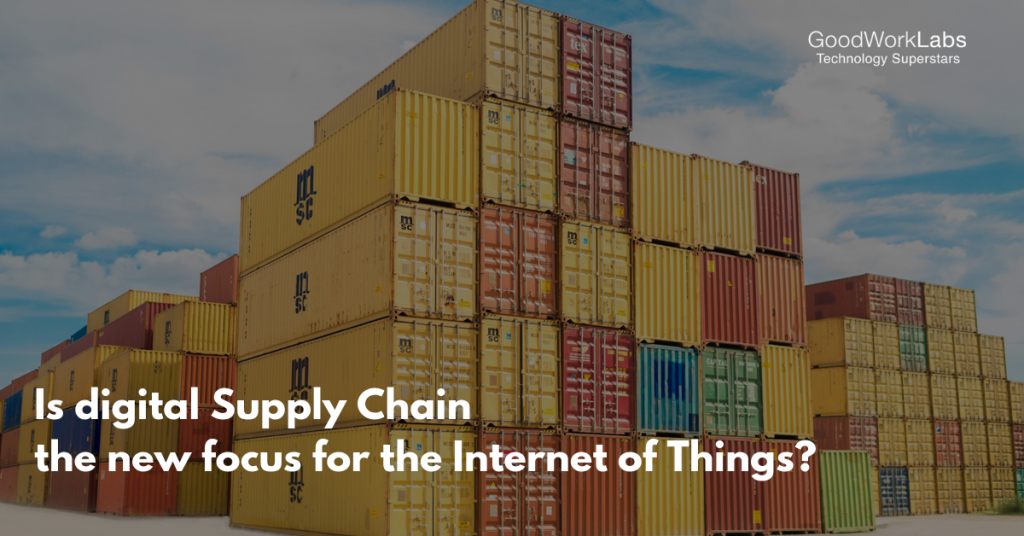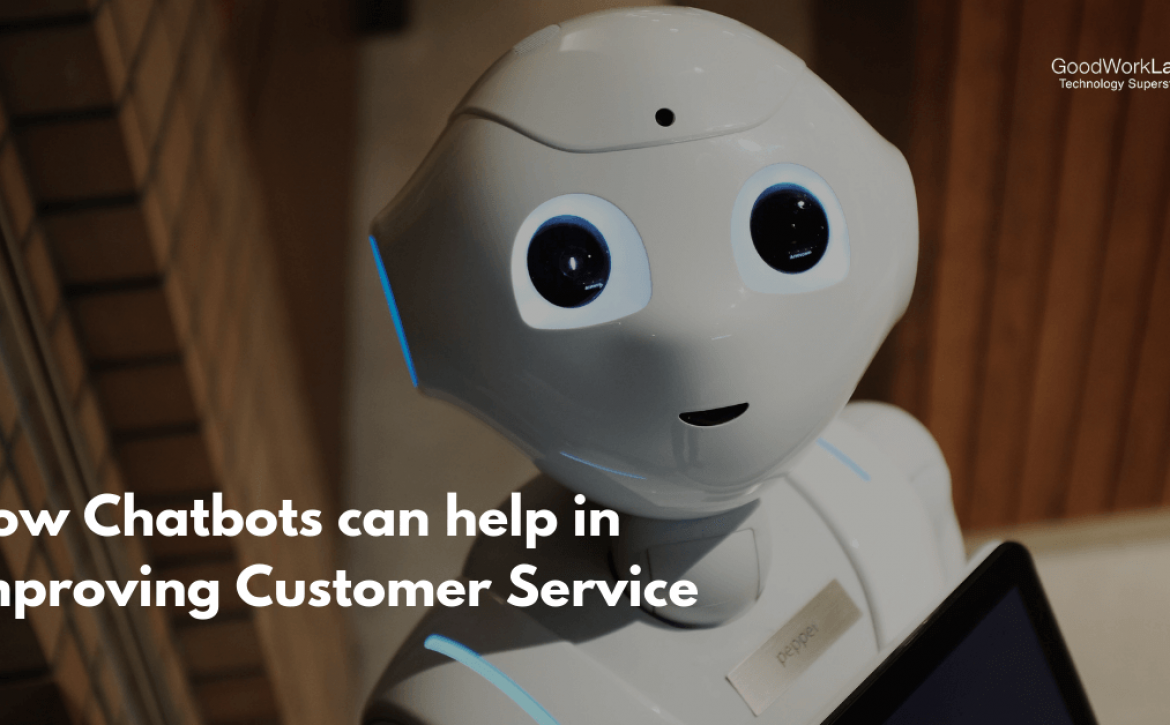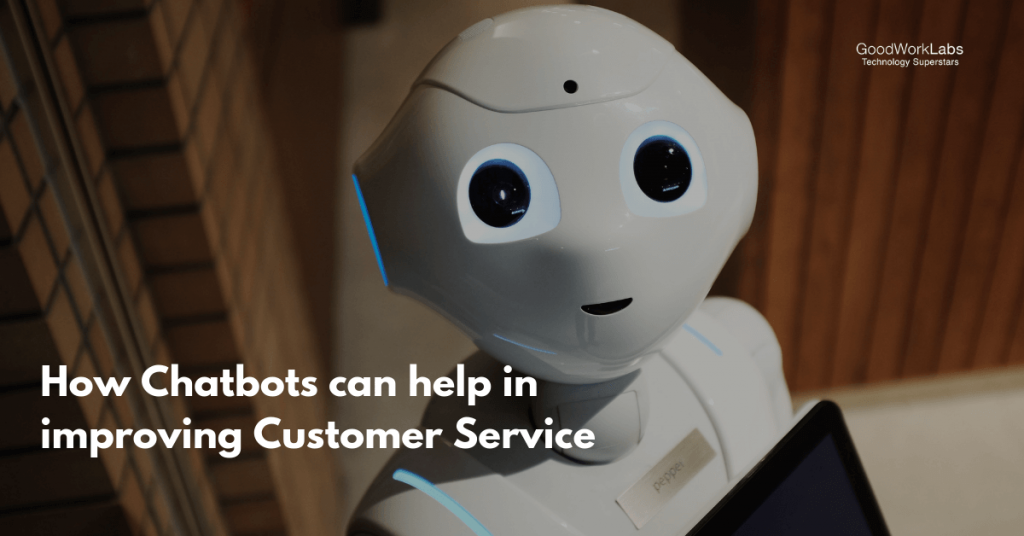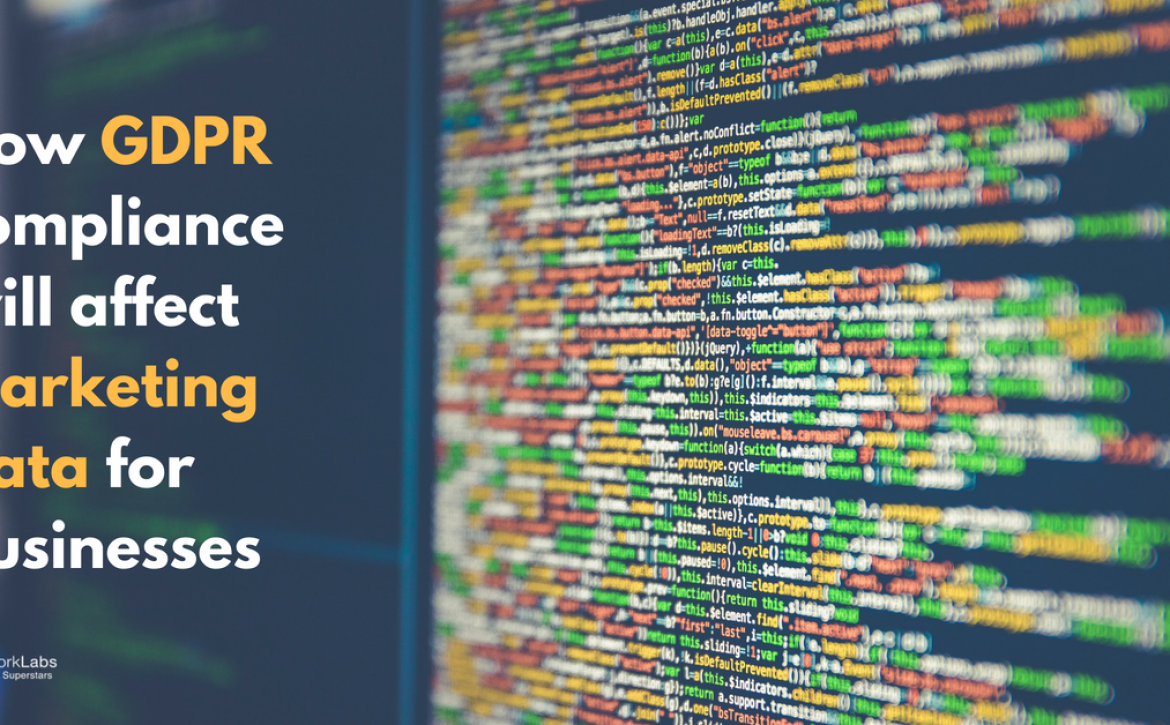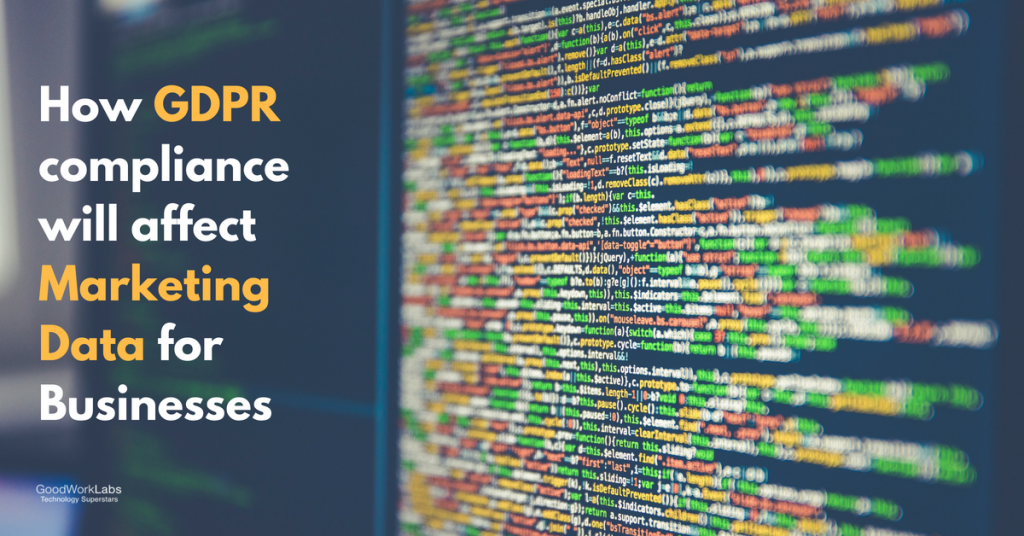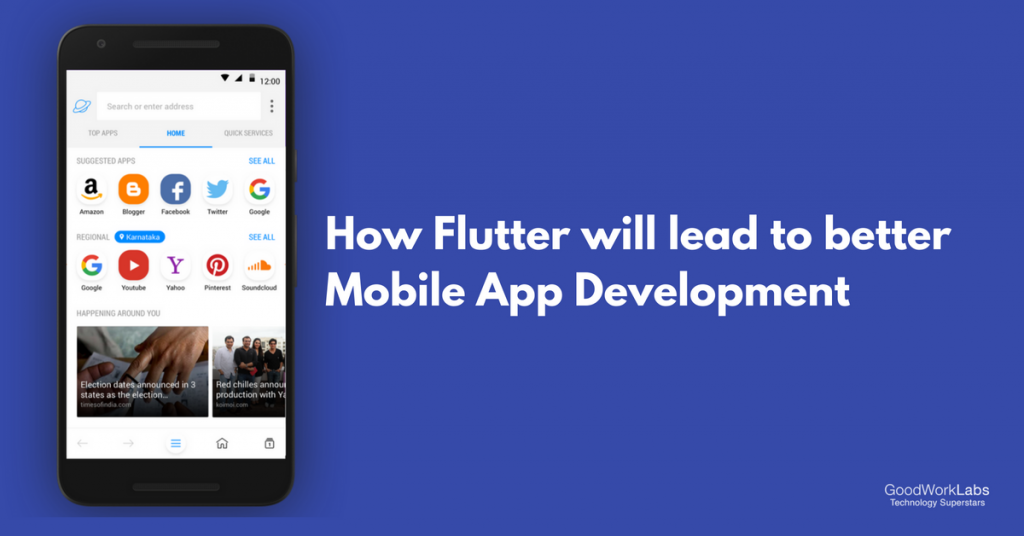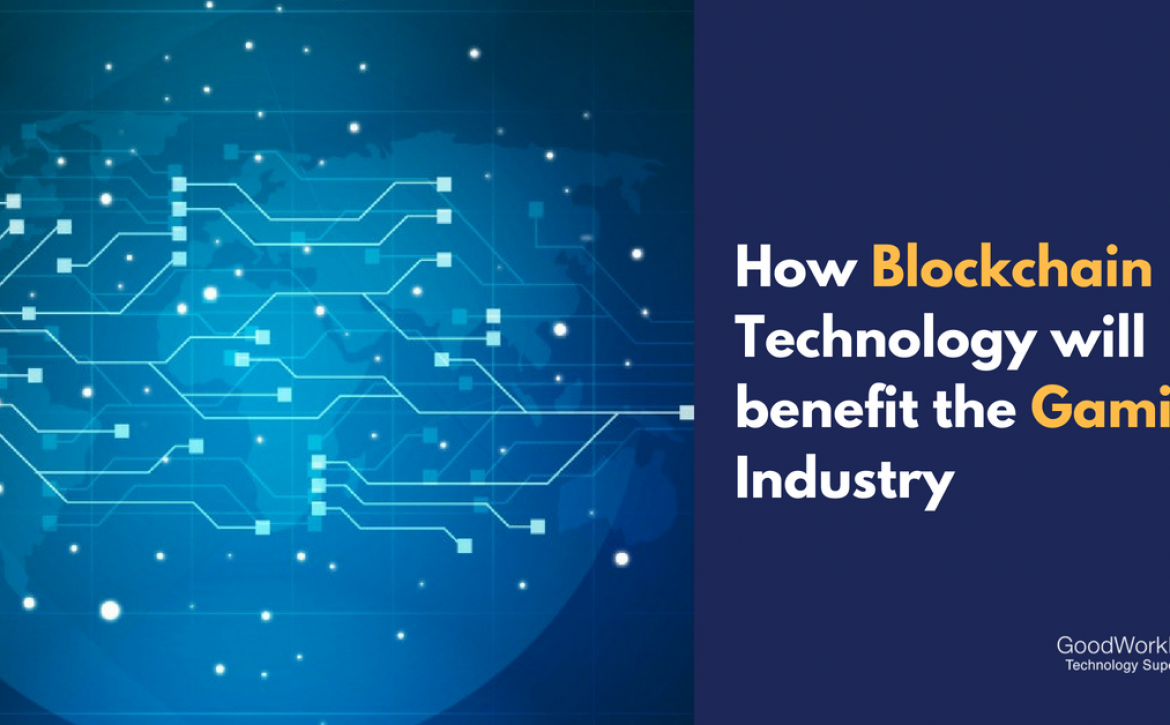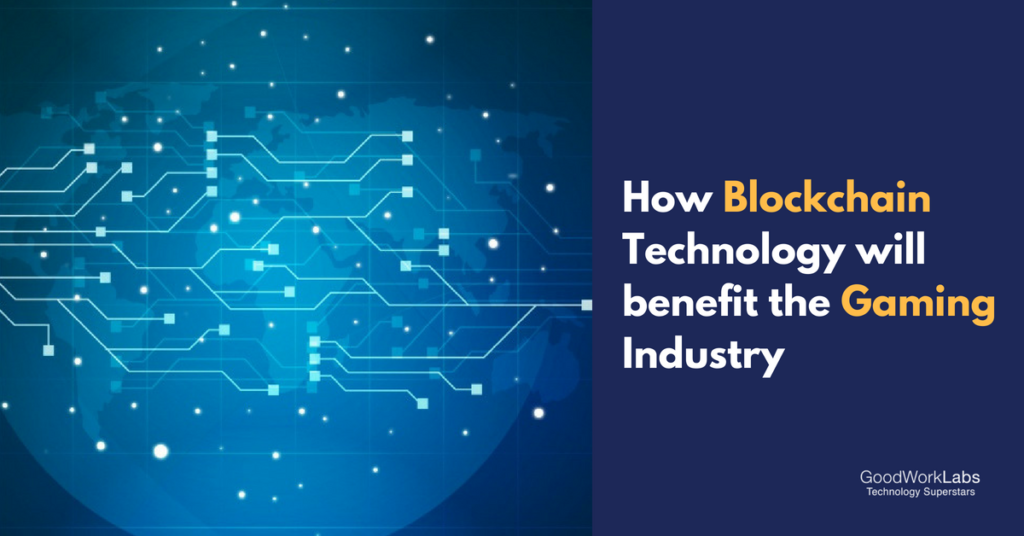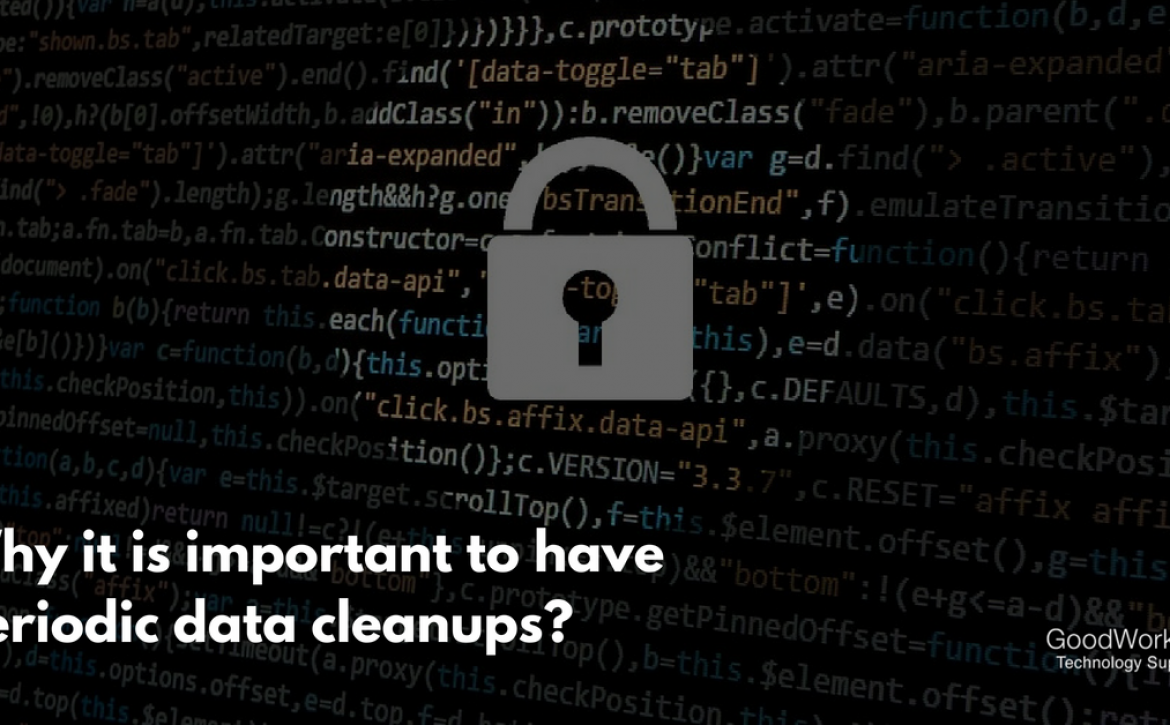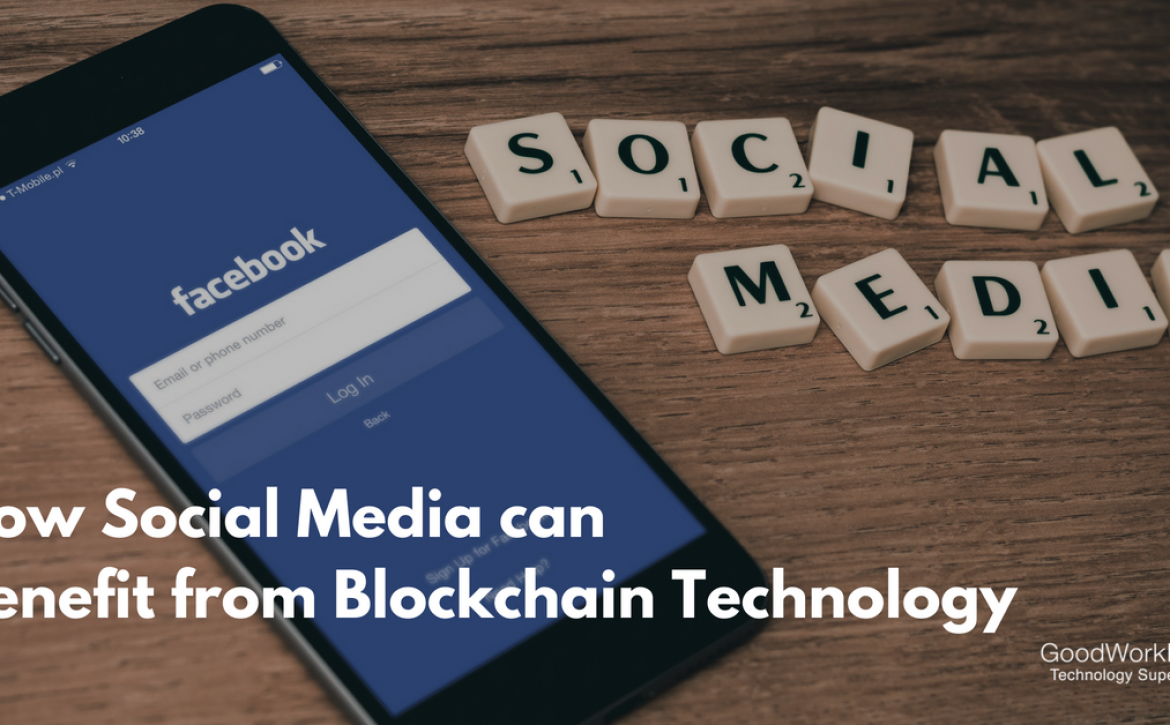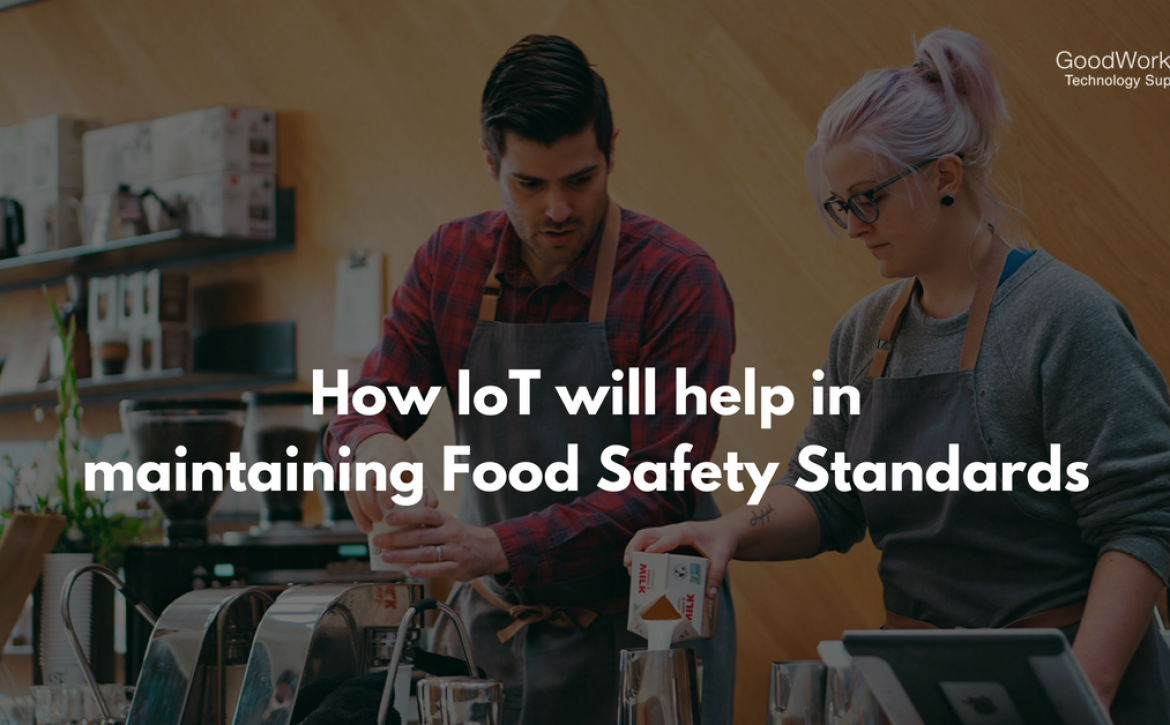6 reasons to incorporate Augmented Reality in Retail Business
Influence of AR technology in the Retail Sector
Do you remember the hype and crazy fan base of the game Pokémon Go which took over the news last year?
Hard to forget, right? With 500 million downloads that game was a mega-hit and has seen stars from the dust in no time.
The specialty of the game was Augmented Reality which added a virtual layer over the real-world environment by gamification of the reality. If you happen to be a follower of that game or any other AR apps you can easily tell how amazing your experience was with AR apps.
AR is gaining a lot of attention in the last few years and is set to receive major investment by 2021. Now that the AR market is booming, it will help a big chunk of industries to expand and make millions with AR’s aid.
Retail sector of the economy is always first in the race to adapt to the changing environment. Being at a nascent stage, AR hasn’t been thought upon by the retailers to inculcate in the business. But now they should think about it!
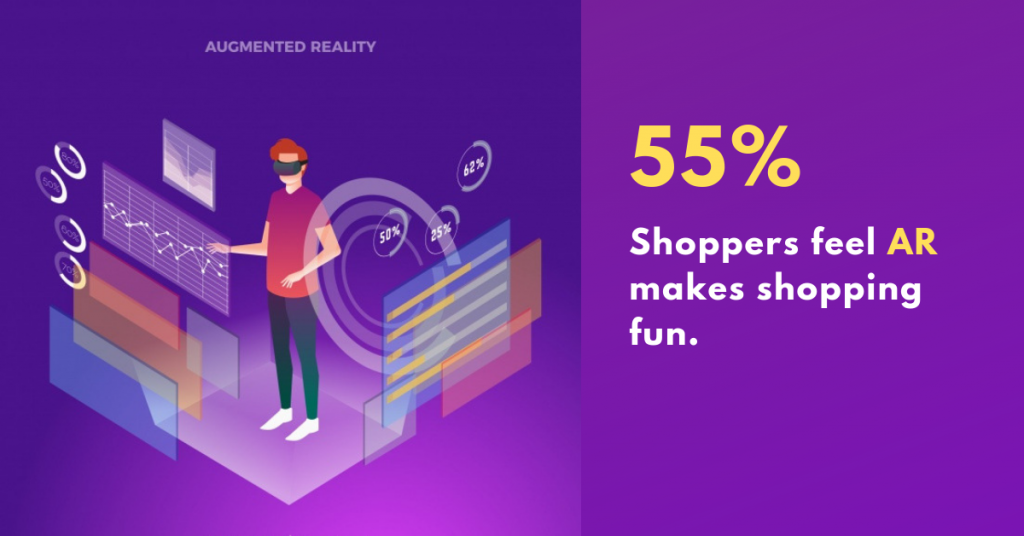
Here are 6 pressing reasons why you should incorporate AR into your retail business:
1. First of all, you can increase the capacity of the store without having to expand the store physically. This can be done by creating an immersive product catalog with an option to preview. With this online retailers can now overcome the disadvantage of not having a brick-and-mortar store. They can simply put the product they offer on their AR apps.
2. With AR, retailers can easily customize the product offering and offer tailored promotions on the basis of personal preferences.
3. AR enables you to quickly change the look and feel of the place and renew the products on display at a nominal cost. This keeps your customer base interested in visiting your store frequently.
4. AR assists in shelf identification and reporting missing items or give a warning for items which are wrongly placed. Also, AR can smoothen up the in-store navigation and assist the shoppers with the shortest route to their desired product. With AR mobile apps, customers can easily come up with their shopping lists and then according to that list set the navigation route through the store.
5. The customer-oriented benefits of AR are many. AR renders customizable UX content that matches user needs. In industries such as apparels, cosmetics, home decor, and accessories, stores can allow their customers to virtually try on their products or to decorate their living room without actually having to physically buy the products. This feature will help architects, designers, and contractors a lot. As now they will be able to customize the design in real-time as per client’s requirements. For retail store owners, AR can help in increasing sales of the store and reduce the sales that they lost due to pre-purchase indecision.
6. Also, AR helps you to gather more information about your customer base and enables you to offer a more personalized and attractive rewards program.
Thus, AR enhances the shopping experience for customers. It offers new ways for retailers to engage customers and can enhance the value added by the retail landscape overall.
Investment in the AR technology
If we talk about leaders of the economy, they have already invested millions of dollars in the immersive capabilities of augmented reality. Let’s ponder over some of the AR initiatives by tech giants so far:
Google: Google has introduced ARCore for building AR apps on Android platform already.
Apple: Competing with the AR apps on the Android platform, Apple has introduced ARKit as a platform to develop AR apps for iOS devices.
Microsoft: Microsoft, on the other hand, is working on its own AR solutions such as Hololens.
Facebook: Facebook has already paid $2 billion for its AR venture named Oculus.
Following the lead, the startups have reached a $650 million investment in AR with VividWorks at 1.7 million, Augment at 1.8 million, and Sayduck at 1 million.
Popular product segments that use AR technology
As per a report on the influence of AR on the retail sector, 61% of shoppers prefer to shop at stores that offer AR. The same report has given data on popular products to shop for with AR:
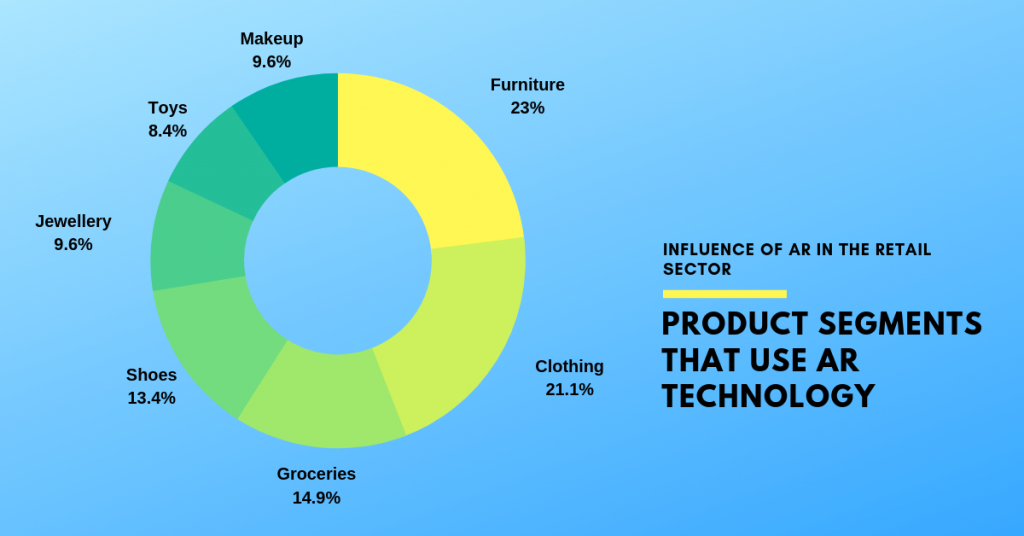
Here is what customers who frequently shop from retail store think of AR:
- 77% of shoppers think that AR will help choose products based on color or style
- 65% of shoppers think that AR will educate them with product information and utility
- 55% of shoppers think AR will make shopping fun
With the above stats, customers are already expecting AR in the retail sector.
Corporates who have implemented AR in their product line
1. Volkswagen
This German car brand utilized AR in print marketing on billboards. It works in a very simple way. The customer just needs to point the VW AR app at the billboard and the new Beetle bursts onto his phone screen.
Fascinating, right?
2. LEGO
This company came with an amazing idea. If you hold a Lego box or their printed catalog in front of a Lego Digital Box kiosk, you can instantly see the product displayed on the monitor. Also, the Lego AR studio brought the Pokemon Go to life, thus changing the way how children play with LEGO.
3. IKEA
IKEA made furniture shopping fun with its AR catalog that allows customers to use their mobile devices to visualize how a piece of furniture will look in their homes. Now, this is what we call a catch!
Other popular brands such as Coca-Cola, Siemens, Starbucks etc have also used AR in their marketing and branding campaigns. Read more about these AR brand campaigns.
Summing up
Retail sector should be on its toes to adopt AR and take advantage of its capabilities. AR is the future of their stores’ online and offline presence.
With betterment in their product-focused campaigns, AR can drive customers to the stores and shop frequently. It has practically made shopping an enjoyable spree with realistic representations of actual products on the customer’s screen anywhere, anytime.
If you have an idea for an AR application and want to bring it to life, then just drop in a short message with your requirements and we will have our AR experts reach out to you.
[leadsquared-form id=”10463″]

